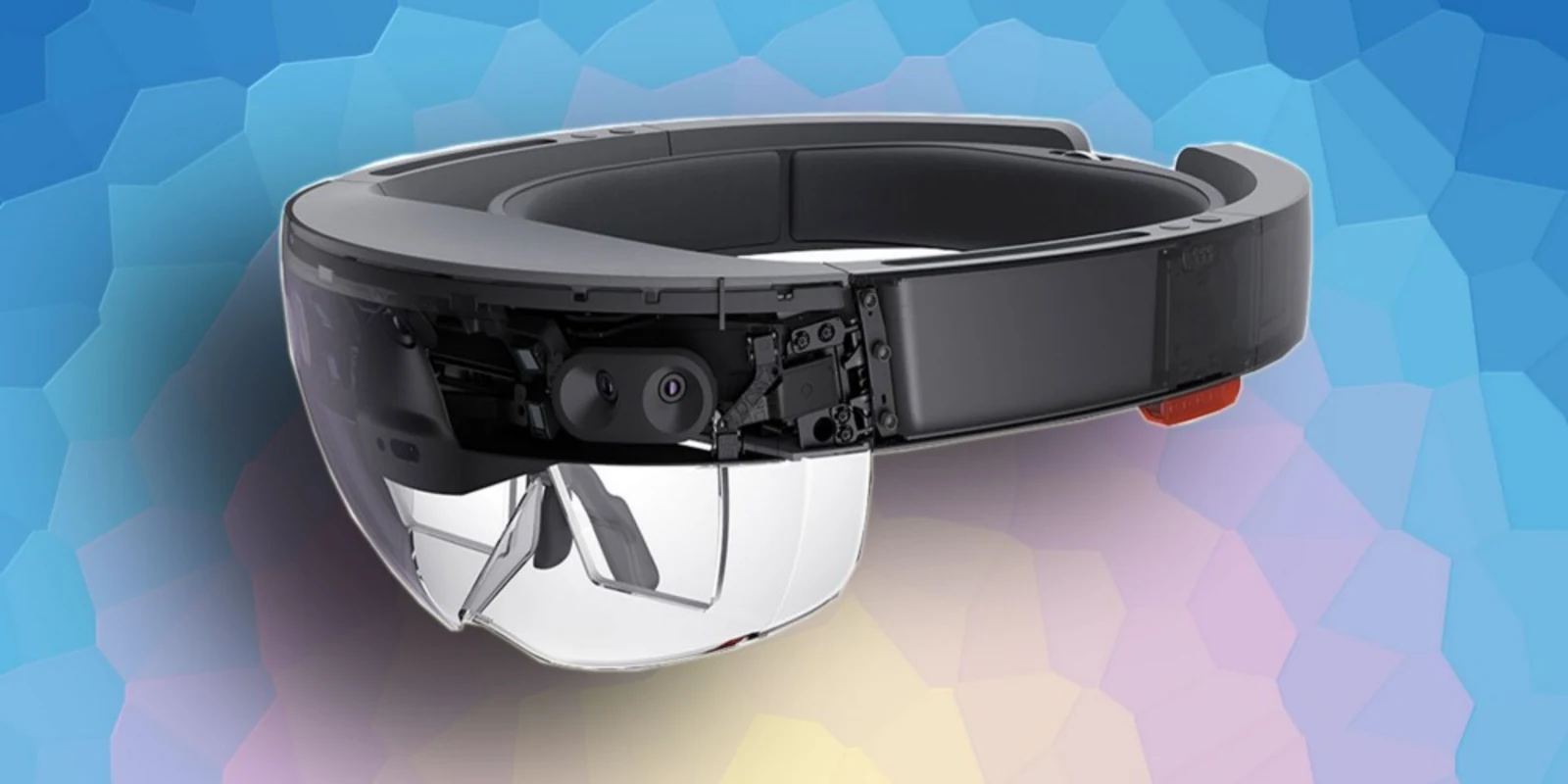
Technology has drastically changed the practice of medicine, arguably for the better. However, many would claim that innovation has put a strain on the patient-physician relationship. The most ubiquitous example, now part of every physician’s practice, is the Electronic Medical Record (EMR). The switch from paper to electronic records, necessitated by President Obama’s HITECH act and a study conducted by the Institute of Medicine,[i] undeniably reduced the number of medical errors and records lost, but also created a barrier between the doctor and patient. Many physicians, and their patients, feel that EMRs distract them during clinical visits and detract from the quality of time spent together.[ii]
Technology shouldn’t hinder clinical practice, it should augment it. Physician leaders should seek out innovation that will not further alienate patients and other members of the medical community, but rather improve connectedness, which at its core revolves around shared understanding. Until recently, medical education has been limited to the few. But with the advent of augmented reality (AR), a new form of technology that integrates digital objects into the real-world environment, a less specialized medical trainee, or even an untrained patient, can gain powerful insight into disease process.
Medical students, residents, and fellows must become intimately familiar with both common, and extremely rare, patient presentations. Medical schools and training programs often struggle to adequately expose trainees to these unique clinical scenarios either because of lack of resources or time. For example, in the anatomy lab, only 3 or 5 students in class of 100 may learn about a specific anatomical variation just because they were assigned to a particular cadaver. Augmented reality could allow students to visualize and interact with any permutation of the human body they choose.
For example, Microsoft HoloLens, an AR headset, partnered with Case Western Reserve University and Cleveland clinic to develop a digital anatomy curriculum where students can not only see, but manipulate a 3D human body, and segment it by system. Case Western Radiology professor, Mark Griswold, explains “with HoloLens you can see the muscles on top of the skeleton all at the same time. You can bring them in and out to understand exactly where things sit…we can look at how the heart moves or look at how the brain processes information and how information flows around in our brain.”[iii] While cadavers have been central to the learning of anatomy for centuries, education with fixed, immobile bodies may not prepare students adequately for clinical practice with live patients.[iv] AR may provide students with the ability to not only personalize, but also literally revitalize their learning of anatomy.
Augmented, or virtual, reality is also revolutionizing surgical training. Currently, surgical residents are struggling to master critical procedures required by their training due to lack of repeated exposure to these complex operations.[v] One potential solution is Osso VR, a highly interactive surgical training platform utilizing VR technology founded by UCLA and Harvard-trained Orthopedic Surgeon, Justin Barad. Osso VR seeks to improve surgical competency by providing immersive training modules with hand-based interactions that mimic the real world actions.[vi]
While the introduction of VR/AR training into medical school and residency programs would require, in addition prototype testing, entirely new methods of instruction, AR has the capacity to entirely transform medical education.[vii] VR could allow medical trainees to repeatedly practice scenarios rarely seen in real life, improve psycho-motor surgical skills, and access training remotely. While access to novel visualization methods cannot replace years of specialized medical training, these innovative tools can significantly expand medical learners’ exposure to scenarios pertinent to their training or individual health.
Patient Education
Medicine has dramatically transformed over the past decade, entering an era of patient-centeredness. Academic medical centers today train their students and staff to not just diagnose and treat their patients, but to partner with patients to create a sustainable treatment plan, together. But, how can patients partner with their physicians if they fundamentally do not understand their disease, if they cannot picture the dysfunction occurring within their body? It is impossible to fully explain the pathophysiology of an illness during a ten minute patient visit, but physicians can bring patients into the conversation by helping them to visualize their disease. Most diseases, other than simple joint issues, are extremely difficult to explain using a static anatomical model.
Thus, physicians have started to utilize novel visualization techniques, such as 3D printing, to augment patient education. For example, in 2016, a study comparing patients’ understanding of their kidney disease before and after viewing a 3D replica of their own kidney showed that understanding increased by 16% in basic kidney physiology, 50% in kidney anatomy, 39.3% in tumor characteristics, and 44.6% in planned surgical procedure.[viii] Similarly to 3d printing, AR can provide physicians with dynamic, 3D representations of a patient’s individual anatomy, or imaging, to interact with and discuss during a patient’s visit.
For example, MediVis, a company founded by NYU Neurosurgery resident Osamah Choudhry, enables physicians to share medical imaging reconstructed in holographic environments with patients both at the point of care and remotely.[ix] While this novel presentation of information must be simplified and tailored to a patient’s level of medical knowledge, these AR visualizations can empower patients to understand disease in a way that was previously impossible.
Augmented reality offers a path toward improved clinical insight for all medical learners, regardless of level of training, and irrespective of if they are delivering or receiving end of care. Technology in medicine does not have to be an isolating distraction, such as the one-sided computer screen in our exam rooms. Innovations, such as augmented reality, have the capacity to entirely transform not just methods of learning, but also our ability to connect with and engage patients.







